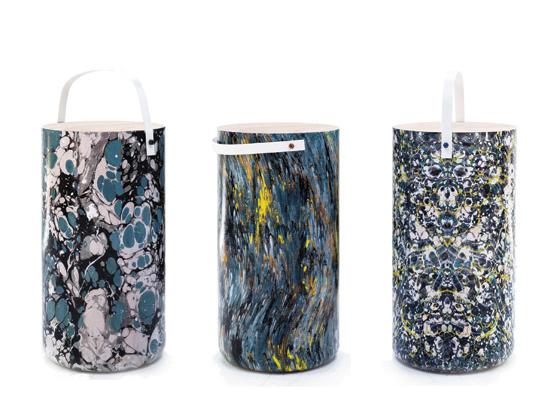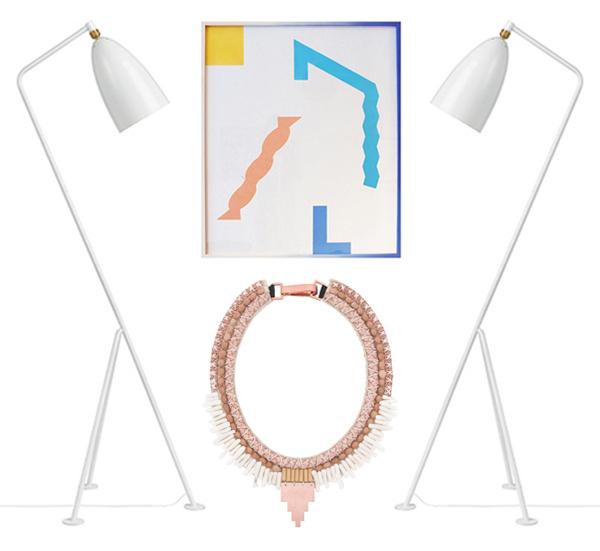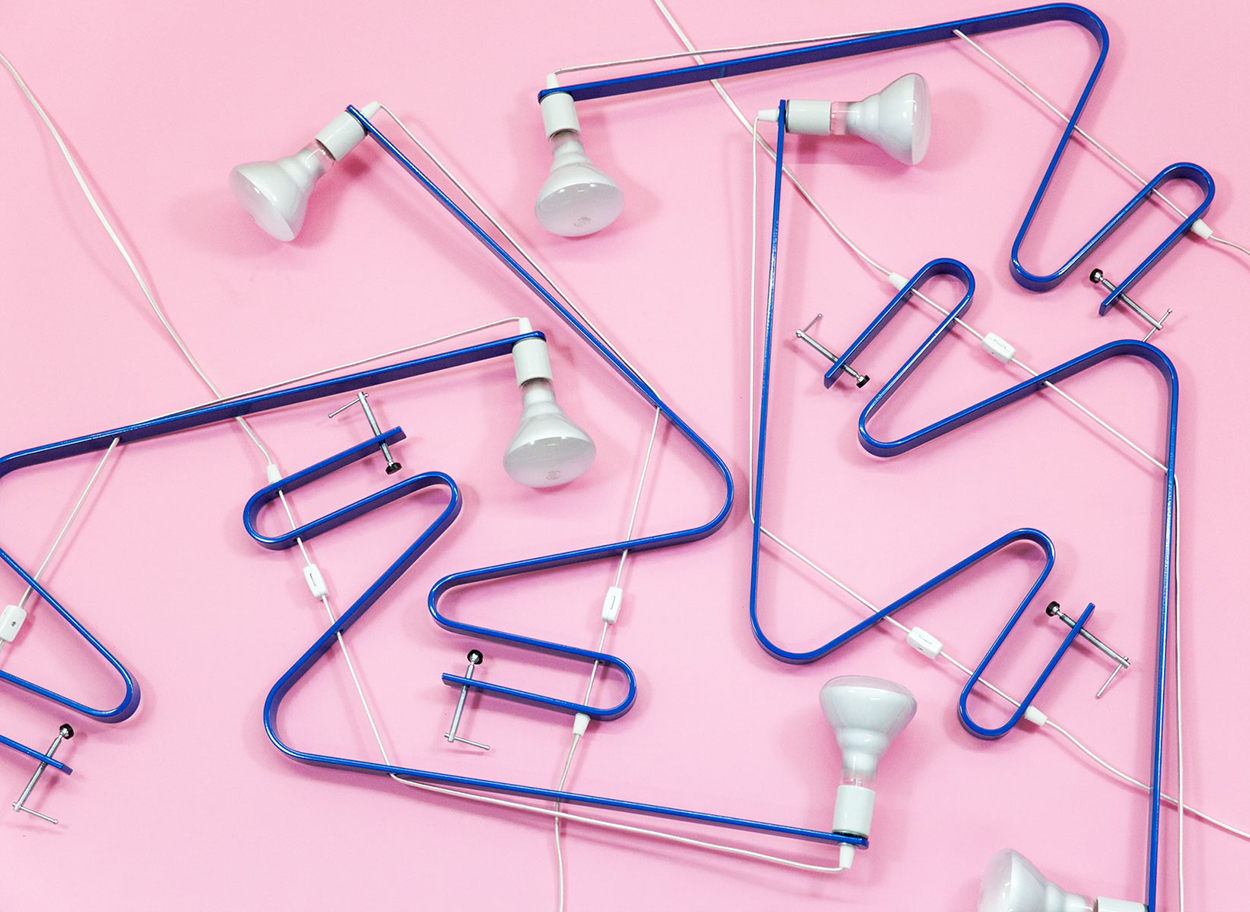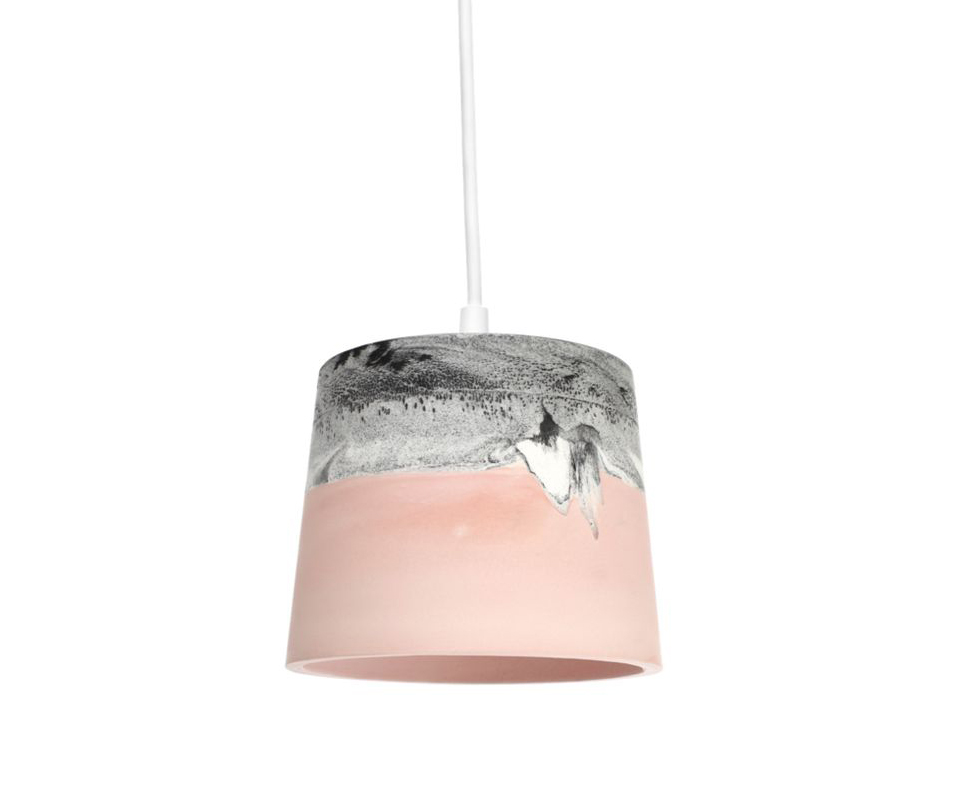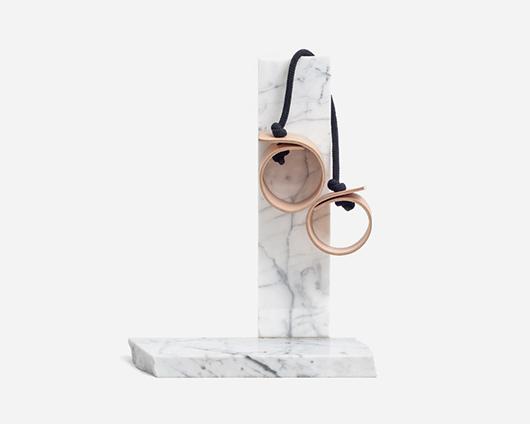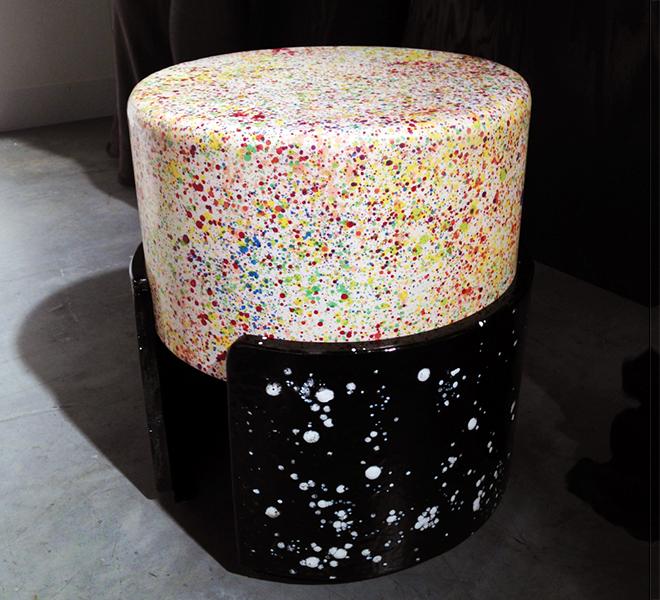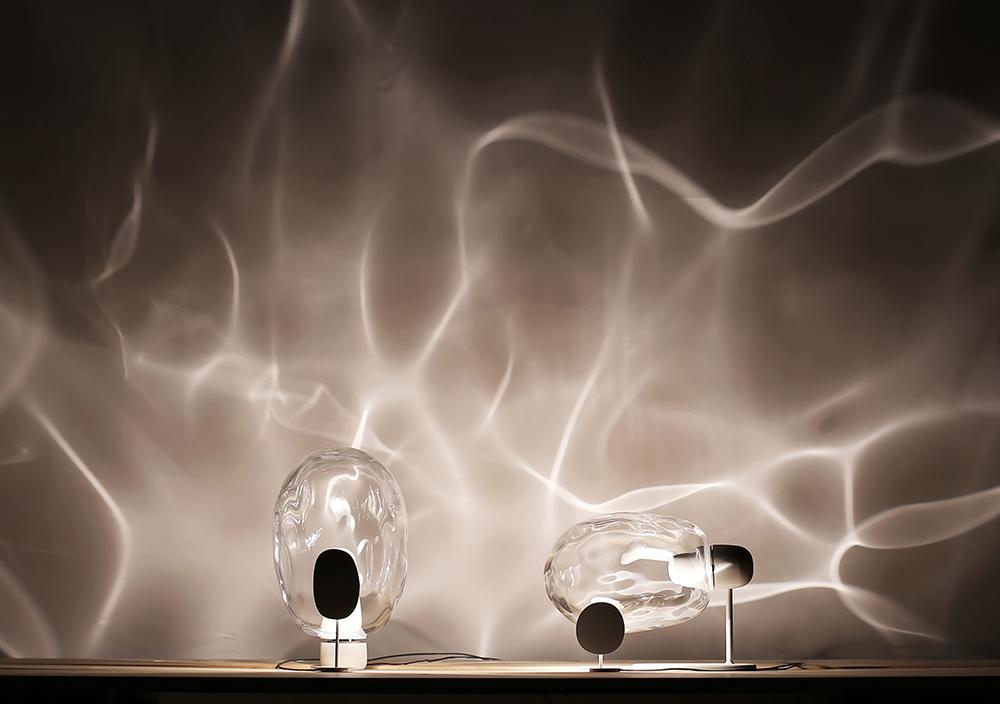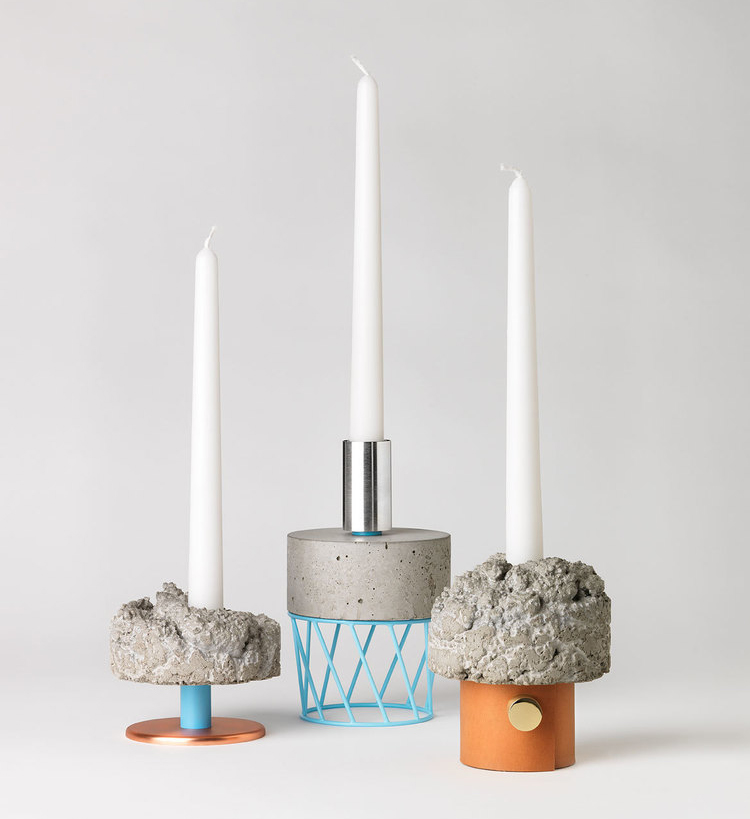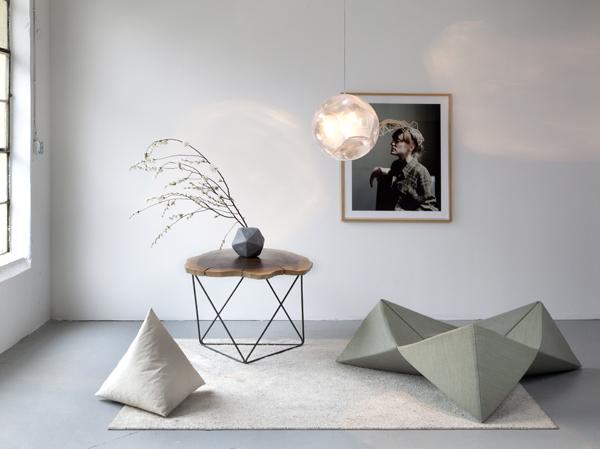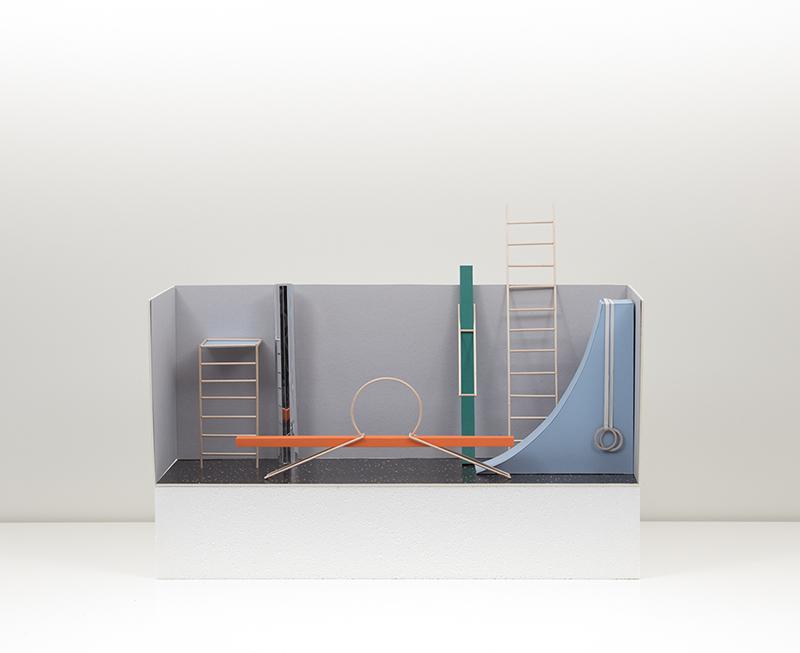
01.09.14
Up and Coming
Josephine Choquet, Designer
As longtime talent scouts in the field of design, we can say this with absolute confidence: There are only a handful of schools out there whose students consistently produce well-resolved, magazine-ready work. ECAL, of course, is one of them, and you'll see several of its recent grads on Sight Unseen in the coming months, starting with today's interview with Joséphine Choquet. We featured one of the French talent's projects just before the holidays — a line of acetate sunglasses made in collaboration with another ECAL up-and-comer, Virgile Thévoz — but wanted to come back and finish the job with a short profile cementing her status as one to watch. Like many young designers these days, Choquet is particularly interested in old craft techniques and simple materials, which she then marries with her love of line, pattern, and contemporary art. Check out some of her past and present work after the jump.
